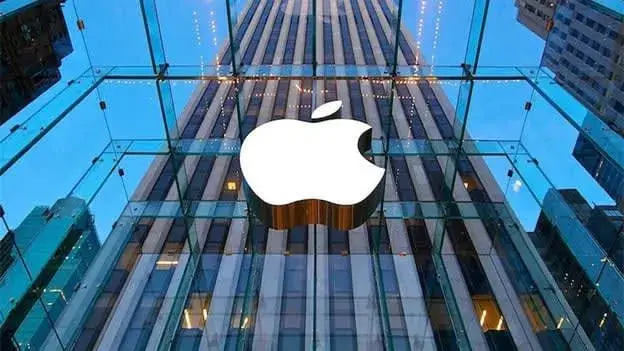Apple is reportedly scaling back production of its iPhone Air model, launched in September 2025, in response to weaker-than-anticipated consumer demand and challenging market conditions. This decision marks a significant adjustment in Apple's iPhone strategy, as the company re-evaluates its approach to the ultra-thin smartphone market.
The iPhone Air, boasting a sleek 5.6mm profile and a price tag starting at $999, was intended to be a lighter, more stylish alternative to the standard iPhone 17 and iPhone 17 Pro. However, the pursuit of extreme thinness required compromises, including a smaller battery, a single-lens rear camera system, and the omission of a physical SIM tray in favor of eSIM-only support. These trade-offs appear to have deterred potential buyers, who prioritized features like battery life and advanced camera capabilities over a slim design.
Reports indicate a substantial reduction in iPhone Air production. Manufacturing volume in November plummeted to less than 10% of September levels, signaling a rapid shift from launch mode to a near "end-of-life" scenario. Component orders have also been slashed by approximately 80%, with some parts potentially being discontinued by the end of the year. One survey even indicated "virtually no demand" for the iPhone Air, with consumers overwhelmingly opting for other iPhone 17 models. However, some reports contradict these claims, stating that Apple isn't reducing the number of iPhone Air units it will produce in 2025, with forecasts remaining at 3 million for Q3 2025 and 7 million for Q4 2025.
Apple's manufacturing partners, Luxshare and Foxconn, have already begun scaling back or halting production. Foxconn is reportedly running only one and a half assembly lines for the iPhone Air and expects to halt production by the end of November. Luxshare ceased production in late October. This production cut has led Apple to reallocate capacity to the iPhone 17 and iPhone 17 Pro, where demand remains strong. The ready availability of the iPhone Air across all colors on Apple's website, in contrast to the shipping delays for other iPhone 17 models, further underscores the imbalance between supply and demand.
Looking ahead, the future of the iPhone Air lineup remains uncertain. Apple has reportedly postponed the launch of the next-generation iPhone Air, initially slated for autumn 2026, and has reduced the number of engineers working on the project. While the company hasn't officially cancelled the iPhone Air 2, it has removed the device from its immediate schedule. There are reports that Apple may be considering a redesigned second-generation iPhone Air for a potential launch in spring 2027, featuring a dual-lens camera system to address a key shortcoming of the original model. The redesign would also aim to incorporate improvements like a larger battery and vapor chamber cooling.
The iPhone Air's struggles highlight the challenges of balancing design innovation with practical functionality in the competitive smartphone market. While the device's ultra-thin form factor initially generated excitement, the compromises made to achieve this design ultimately limited its appeal to a broader audience. This situation also reflects that consumers would rather carry more weight rather than give up the best battery and camera possible. As Apple navigates these challenges, the company's ability to adapt its product strategy and address consumer preferences will be crucial to its long-term success in the smartphone market.












